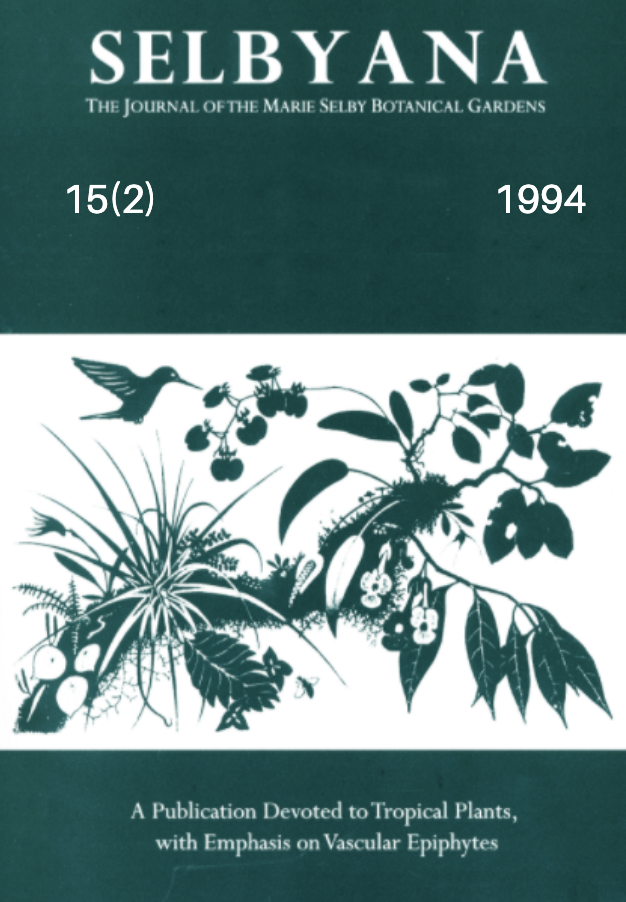Abstract
Arborist methods and equipment are described for climbing trees. Equipment lists and sources are provided and techniques illustrated. Many arborist methods of non-injurious access, ascent, within-crown movement, and descent are applicable to certain tropical forest situations. Arborist methods of access are most appropriate for trees with lowest limbs below 25 m above ground level; however, methods of ascent and movement within crowns are useful for any trees, including those with lowest limbs above 25 m, that can support a climber's weight. Problems presented by limbs with heavy epiphyte loads are addressed. The advantages of arborist techniques include low cost of equipment specifically designed for climbing trees; increased safety using ropes manufactured for tree climbing; greater mobility and availability of ropes for re-use within the crown; and minimum exertion for ascent and descent using the limb as pulley.
Open Access and Copyright Notice
Selbyana is committed to real and immediate open access for academic work. All of Selbyana's articles and reviews are free to access immediately upon publication. There are no author charges (APCs) prior to publication, and no charges for readers to download articles and reviews for their own scholarly use. To facilitate this, Selbyana depends on the financial backing of the Marie Selby Botanical Gardens, the hard work and dedication of its editorial team and advisory board, and the continuing support of its network of peer reviewers and partner institutions.
Authors are free to choose which open license they would like to use for their work. Our default license is the Creative Commons Attribution-NonCommercial 4.0 (CC BY-NC 4.0). While Selbyana’s articles can be copied by anyone for noncommercial purposes if proper credit is given, all materials are published under an open-access license with authors retaining full and permanent ownership of their work. The author grants Selbyana a perpetual, non-exclusive right to publish the work and to include it in other aggregations and indexes to achieve broader impact and visibility.
Authors are responsible for and required to ascertain that they are in possession of image rights for any and all photographs, illustrations, and figures included in their work or to obtain publication or reproduction rights from the rights holders. Contents of the journal will be registered with the Directory of Open Access Journals and similar repositories. Authors are encouraged to store their work elsewhere, for instance in institutional repositories or personal websites, including commercial sites such as academia.edu, to increase circulation (see The Effects of Open Access).
